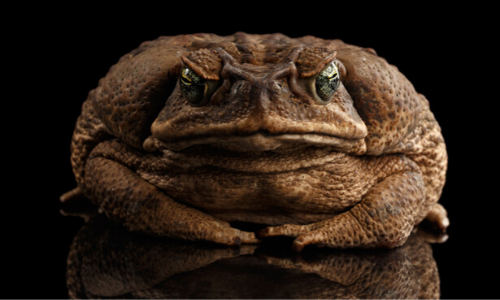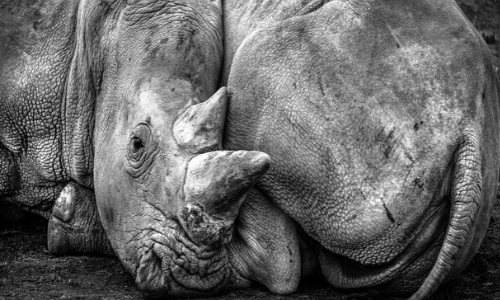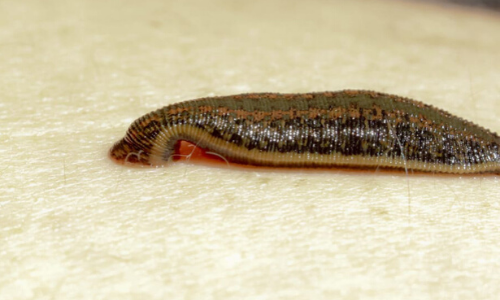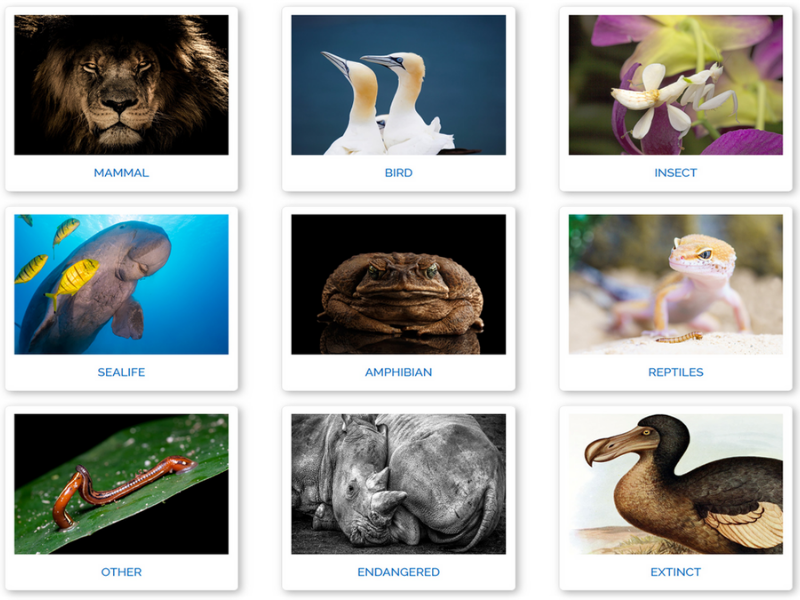

Scientific Classification
Kingdom: Animalia
Phylum: Chordata
Class: Mammalia
Order: Primates
Family: Cercopithecidae
Genus: Papio
Species: P. anubis
Conservation Status


Olive baboons get their name from the color of their coat, which is usually a shade of gray and brown. Most adults measure about 2 feet in height and weigh around 53 pounds. Males are much bigger than females and can be twice their size!
Olive baboons have long tails, measuring around 1 to 2 feet long, and have large canine teeth. In the wild, these baboons can live for up to 30 years, yet many do not due to predators and other factors.

Olive baboons are one of the most widespread baboons, living in about 25 different countries throughout Africa. Ranging from the East to West coast, olive baboons can be found in countries like Ethiopia, Tanzania, Mali, Chad, and others. Olive baboons are extremely adaptable and live in many different regions like the savannahs, forests, deserts, and mountains.

Olive baboons eat a variety of food, ranging from plants to small mammals and invertebrates, making them omnivores. Most of their diet is made up of leaves, bark, roots, fruit, seeds, and other vegetation. Olive baboons do not use just one foraging tactic, like instead of only looking for food on or under the ground, they also are up above in the canopies of trees searching. This allows them to find food in any environment. When hunting, olive baboons do so in packs with both males and females.

Olive baboon females usually become sexually mature at around 7 to 8 years old, while males become mature at around 10 years old. Although there is no breeding season, baboons tend to mate during the rainy season.
After about 185 days, the female baboon gives birth, usually to one baby. For the first few days, the baby is held by the mother against her chest, then she moves the baby to her back. Males also help with raising the young and protecting the mother and baby from predators and other males.
At a few weeks old, young begin to climb around on their own and start to play and explore food. By the time it is a year old, the young gathers most of its food itself. By about 2 years old, the baboon becomes a juvenile, staying with its mother and group.

Olive baboons are able to find nutrients from anything in their environment, which makes them adaptable to many climates.
Olive baboons and elephants have been noted to work together, while the baboons use the water holes dug by elephants, and the elephants use the baboons up in the trees as a warning system from predators.
Olive baboons, thankfully, are not under threat of endangerment due to the abundance of their populations throughout Africa.













































